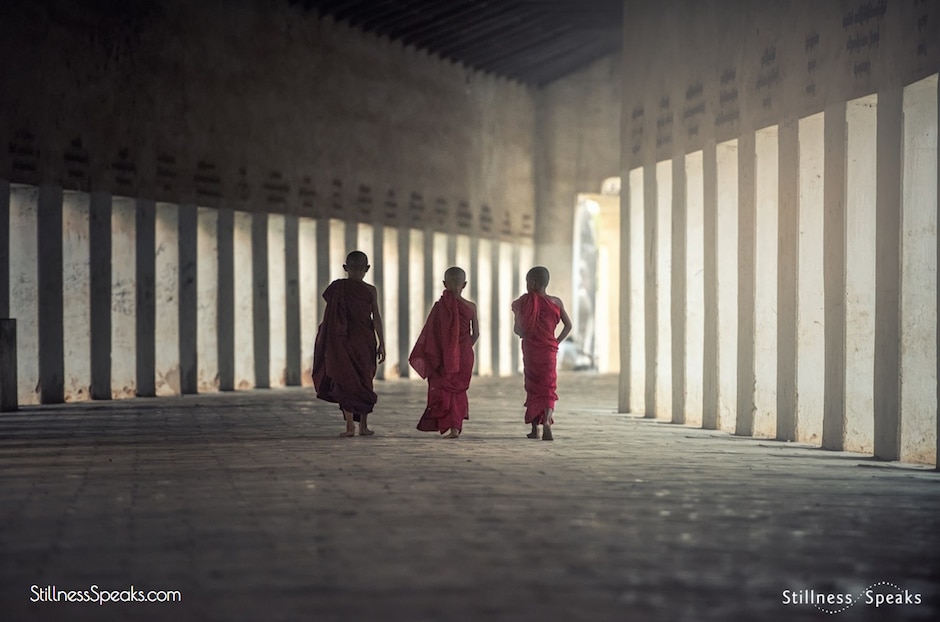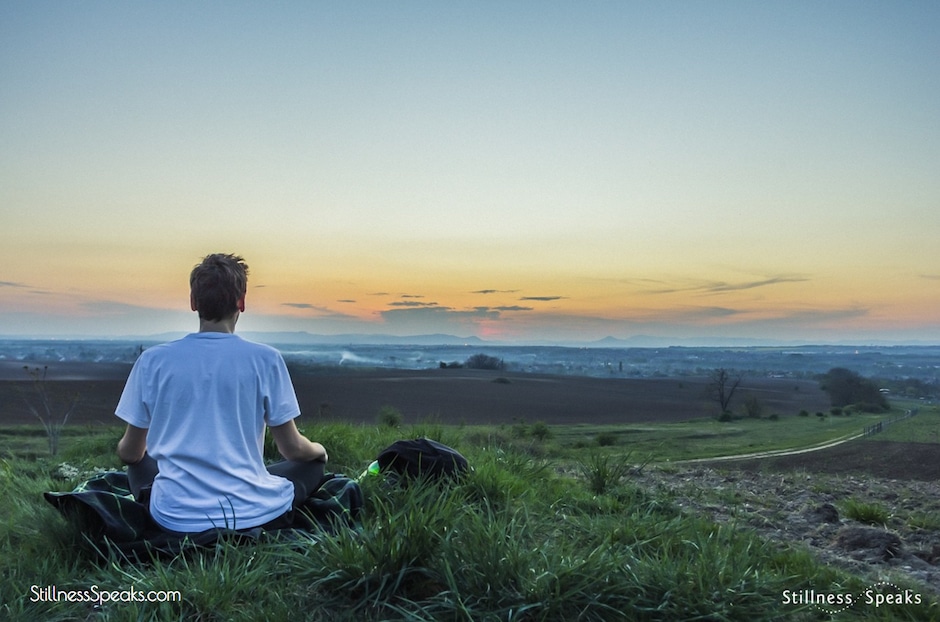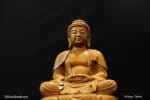“After my death,” the Buddha said to Ananda, “do not think you will have no teacher: the Dharma will be your teacher.” ~ Stephen Batchelor
Seven Buddhist teachers from around the world answered questions about the challenges Buddhism faces as it moves into the West. We are featuring their responses. This sixth post explores the student/teacher relationship in Buddhism. The intention of the writer of this book is to support the transition of Buddhism into the West so that its extraordinary beauty and wisdom may be accessible to more people. The seven teachers selected for this project represent the Therevadan, Zen and Tibetan traditions.
The questions and answers were compiled into a short book, 7 Questions for 7 Teachers which is available as a free PDF download. We hope this series entices you to read the entire book. Questions and teacher responses are italicized.
The sixth question….
What are your views about an appropriate teacher-student relationship today?
Dzongsar Khyentse Rinpoche – Bhutanese-born Tibetan Buddhist master, author and filmmaker known for disrupting complacency and challenging comfort zones amongst his students. Rinpoche’s response is simple…
Dzongsar says it all boils down to motivation, and he believes strongly that the teacher should never negotiate with the student.
If you can see the beauty of shrugging off your hang-ups, inhibitions and comfort zones, you’ll probably find that having a teacher is the most effective and efficient way of going about it. But that kind of awareness is very difficult to cultivate.
Jack Kornfield – American teacher of Therevadan Buddhism, international author, and pioneer of meditation and Buddhism into America
Jack sees that the student-teacher relationship has been significantly influenced by our western democratic and feminist ideals. Accordingly, the student-teacher relationship is evolving away from traditional Asian models.
Teachers have learned to teach in teams and collaborate with one another. As students and teachers have matured, our Buddhist communities are no longer totally teacher-centered. Many now are run by elected boards or use the ancient Buddhist practice of council, drawing on the collective wisdom of a group of teachers and committed students.
Ringu Tulku Rinpoche – Tibetan-born Buddhist master, non-sectarian, a scholar and author
I think this problem is solved now thanks to i-phone, i-pad, and internet. The main relationship between the teacher and student is teaching. If students receive the teaching and the guidance, then that’s all, there is nothing else.
Ringu Tulku believes that the student has to devote him/herself to practice. Having a close a relationship with a teacher brings its own set of problems: dependency, relationship issues and personal failings…
You can see faults, whether they are…or are not their faults… you see these because when you are in a samsaric state of mind then you see all sorts of faults. In Tibet there was this saying that you should stay three valleys away from your teacher, not too close. Of course with the webcasts and online teachings one does not have that reciprocal reationship where the teacher sees the student and can give him clear personal guidance.
Rob Nairn – Zimbabwean-born teacher of meditation and Buddhism, author, and a pioneer of the adaptation of Buddhism for Westerners
Like Jack Kornfield, Rob Nairn recognizes that western Buddhism has moved away from the Asian model of a close student-teacher relationship.
Now Buddhism is coming to the West, and millions of people are wanting to engage with it. They are often doing it through books, but also through recordings, videos, through various forms of communication which weren’t previously available, and I think this is calling for a much more intelligent approach.
Traditionally, the student would ask the teacher, What do I do? and then receive specific instruction. Now, the approach to learning and practice is changing. It is more in the hands of the student.
What is more appropriate now is ‘this is why you do it, this is how, and these are the problems you are going to face’. So there’s a huge elaboration of detail needed which wasn’t necessarily there in Tibet for example. The information and the guidance has to be found in a much more diverse way, so there’s a bigger emphasis on the student doing much more work, finding out, and making mistakes.
Rob says there are more casualties with students doing things wrong, but there is also a greater amount understanding… students developing a very intelligent and profound understanding of what they’re taught...People have got to use their intelligence, use their discrimination, make mistakes, and learn from these.
Stephen Batchelor – British ex-Buddhist monk, author, scholar and leading secular Buddhist advocate
Stephen answers the question by quoting the Buddha….
“After my death,” the Buddha said to Ananda, “do not think you will have no teacher: the Dharma will be your teacher.” He did not encourage dependency on spiritual teachers, but sought to make his students autonomous and “independent of others in the teaching”. While it can be of great valuable to receive guidance from an experienced and wise teacher, the aim of the teacher should be to get the student to stand on his or her own feet as soon as possible.
Jetsunma Tenzin Palmo – British born Tibetan Buddhist nun, ex mountain cave hermit, author and founder of nunnery for young women
Jetsunma sees that many Buddhist teachers spend much of their time managing their organizations and traveling around the world to teach, which leaves minimal time for teacher-student relationships.
…our wild distracted minds need first to be quieted down and able to stay focused. Without a basically calm, flexible and workable mind we cannot be trained to go further. This basic stage of practice we can usually manage for ourselves after some initial instruction. We should remember that even the best of teachers can only give guidance but cannot walk the path for us.
Stay Tuned.... In our final installment, the seven teachers offer advice for practitioners who recognise the value in Buddhism but find some of the practices inaccessible.









